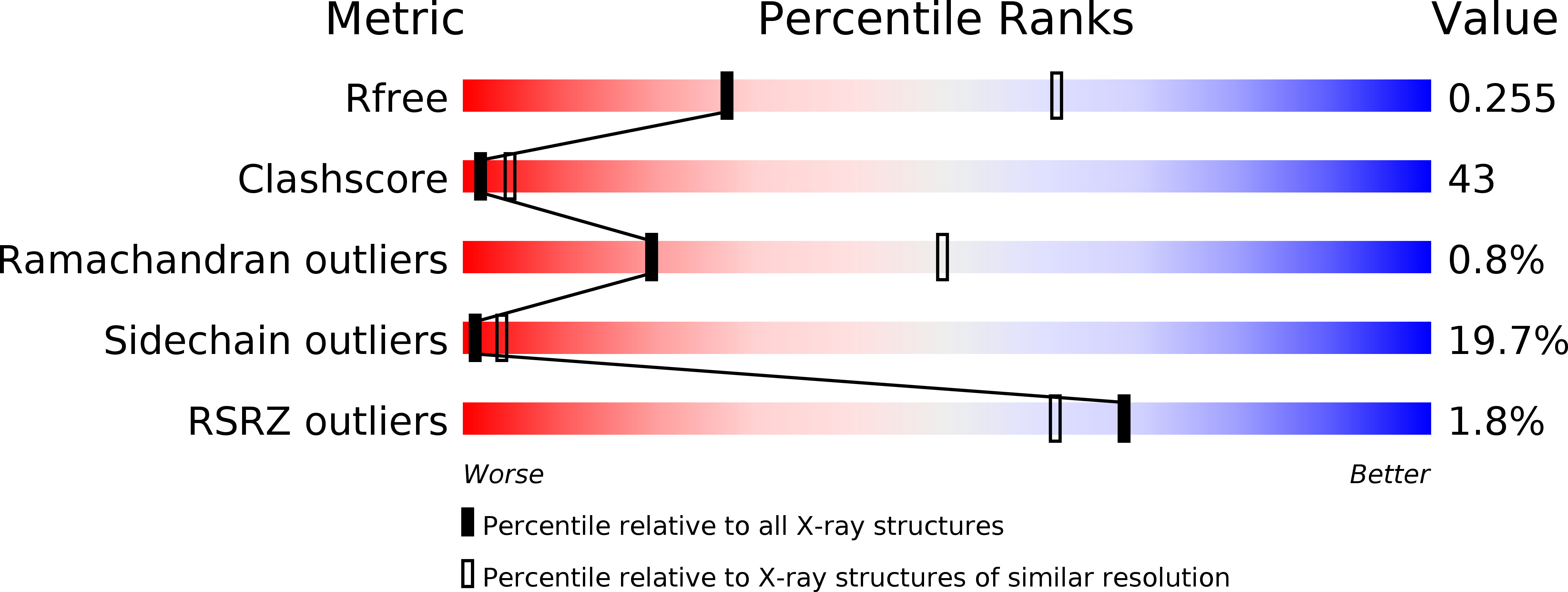
Deposition Date
2016-09-27
Release Date
2017-05-03
Last Version Date
2024-10-23
Entry Detail
PDB ID:
5TGH
Keywords:
Title:
Structure of the SNX5 PX domain in complex with chlamydial protein IncE in space group P32
Biological Source:
Source Organism:
Homo sapiens (Taxon ID: 9606)
Chlamydia trachomatis (Taxon ID: 813)
Chlamydia trachomatis (Taxon ID: 813)
Host Organism:
Method Details:
Experimental Method:
Resolution:
2.80 Å
R-Value Free:
0.25
R-Value Work:
0.23
R-Value Observed:
0.23
Space Group:
P 32


